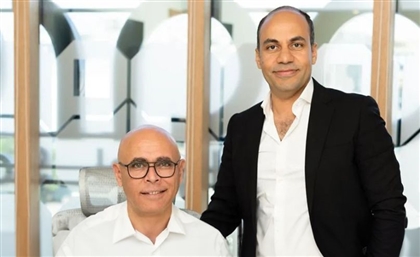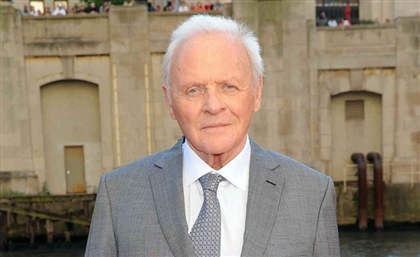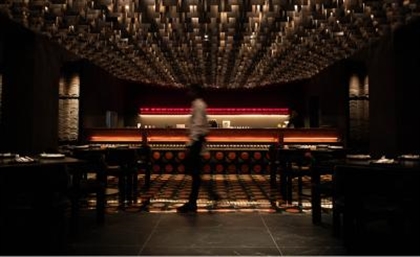From Ritual Acts to Electronica: The Evolution of Music in Dabke
With the evolution of music, Dabke has adapted like a living organism, giving birth to genres like electro-dabke and shamstep.

Dabke is a Levantine dance of resistance, embedded in the very fabric of its enduring culture. Having undergone constant adaptations through the ages and across regions, the origins of Dabke are as enigmatic as the dance itself. Some historians view its energetic jumps as echoes of ancient Canaanite rituals, pulsating with life and warding off darkness. Another theory suggests its stomping steps began as a practical method for solidifying mud roofs, before evolving into the expressive dance we know today.
Music is an integral part of this powerful dance, which has transformed from a celebratory act into a political stance and a tool of cultural preservation. “In the face of Israeli encroachment and the erasure of Palestinian space, time and presence, the preservation of indigenous practices such as the Dabke forcefully resists dispossession,” researcher David A. McDonald writes in his book, ‘My Voice Is My Weapon Music, Nationalism and the Poetics of Palestinian Resistance.’ “Folklore is resistance. Detached from its ‘precious soil’, Palestinian identity, history, and nation must be kept alive, carried, preserved, and performed fact.”
-34c4df1c-5d91-4b2b-b5e4-e681eb563bb5.png) Since music as we know it is relatively modern, Dabke in its origins may have been a ritualistic act that did not rely on music for its power. Instead, the feet-stomping and collective dancing created the music, eventually developing into modern rhythms that mimic the ground-stomping through authentic Levantine instruments.
Since music as we know it is relatively modern, Dabke in its origins may have been a ritualistic act that did not rely on music for its power. Instead, the feet-stomping and collective dancing created the music, eventually developing into modern rhythms that mimic the ground-stomping through authentic Levantine instruments.
Since then, Dabke’s enchanting melodies have been brought to life by a rich ensemble of traditional instruments. The oud emits a deep and mellow sound, its strings resonating with the soul of the dance. The mijwiz, a reed clarinet, and its cousin, the minjjayrah, enchant with their haunting tunes. The rhythmic heartbeat of the tablah, a small hand drum, reverberates through the dancers' bodies, while the daff, adorned with metal discs, adds a shimmering touch to the symphony. The arghul, with its distinctive pipes, and the shubabeh, a woodwind instrument of ancient heritage, complete this orchestra of traditions.
However, with the evolution of music and modern technologies, Dabke has grown like a living organism, giving birth to genres like electro-dabke and shamstep. By bridging tradition with modernity, these genres fuse elements from these eastern instruments with modern music such as reggae, hip-hop, and electronica, creating a sound that traces Dabke’s evolution through history in a unified manner.
-8fb8aff6-880b-4190-bb51-b2e8cb72463f.png) With classic Dabke tunes still very relevant to the dance, these contemporary variations have helped the genre to cross borders and break cultural bridges. Figures like Omar Souleyman and 47SOUL have transcended their place of origin to showcase and introduce non-Arab audiences to this type of music by incorporating Dabke’s essential components and distinct rhythmic characteristics into contemporary compositions. Their modern instrumentation style, which relies heavily on electronic production, further solidifies the genre’s presence within postmodern culture.
With classic Dabke tunes still very relevant to the dance, these contemporary variations have helped the genre to cross borders and break cultural bridges. Figures like Omar Souleyman and 47SOUL have transcended their place of origin to showcase and introduce non-Arab audiences to this type of music by incorporating Dabke’s essential components and distinct rhythmic characteristics into contemporary compositions. Their modern instrumentation style, which relies heavily on electronic production, further solidifies the genre’s presence within postmodern culture.
In their book, ‘Palestinian Arab Music: A Maqam Tradition in Practice’, scholars Ruth Katz and Dalia Cohen wrote, “The classification of songs according to the type of Dabke they belong to is very common; songs belonging to the Dabke genre have poetic features, and even subgenres that are poetically defined. The poetic structure of Dabke songs typically features four-line stanzas with the rhyming patterns AAAB, CCCB, and so on. The theme of almost all Dabke songs is love.”
- Previous Article Annual Urban Consumer Price Inflation Rate Decreases to 25.7% in July
- Next Article Travel Across History on Egypt's Most Iconic Bridges
Related Articles
Trending This Week
-
Nov 18,2024
SceneNow TV
Events Calendar




















